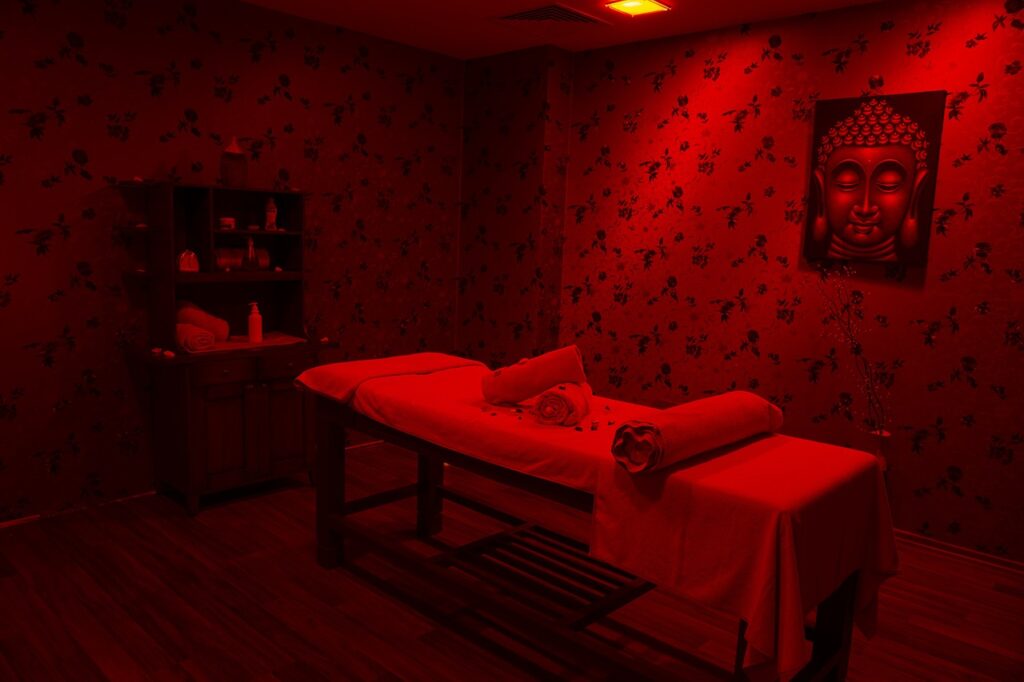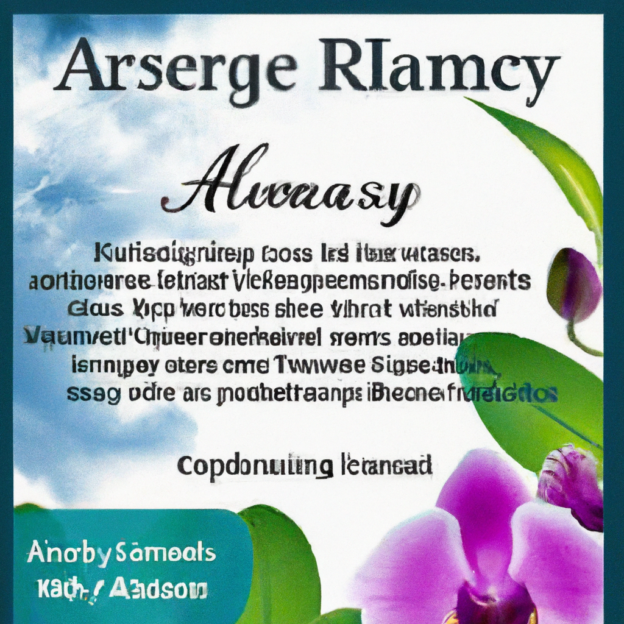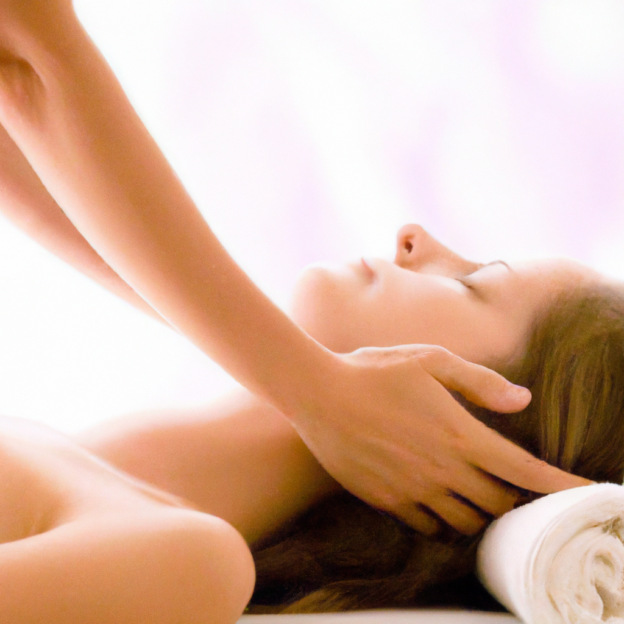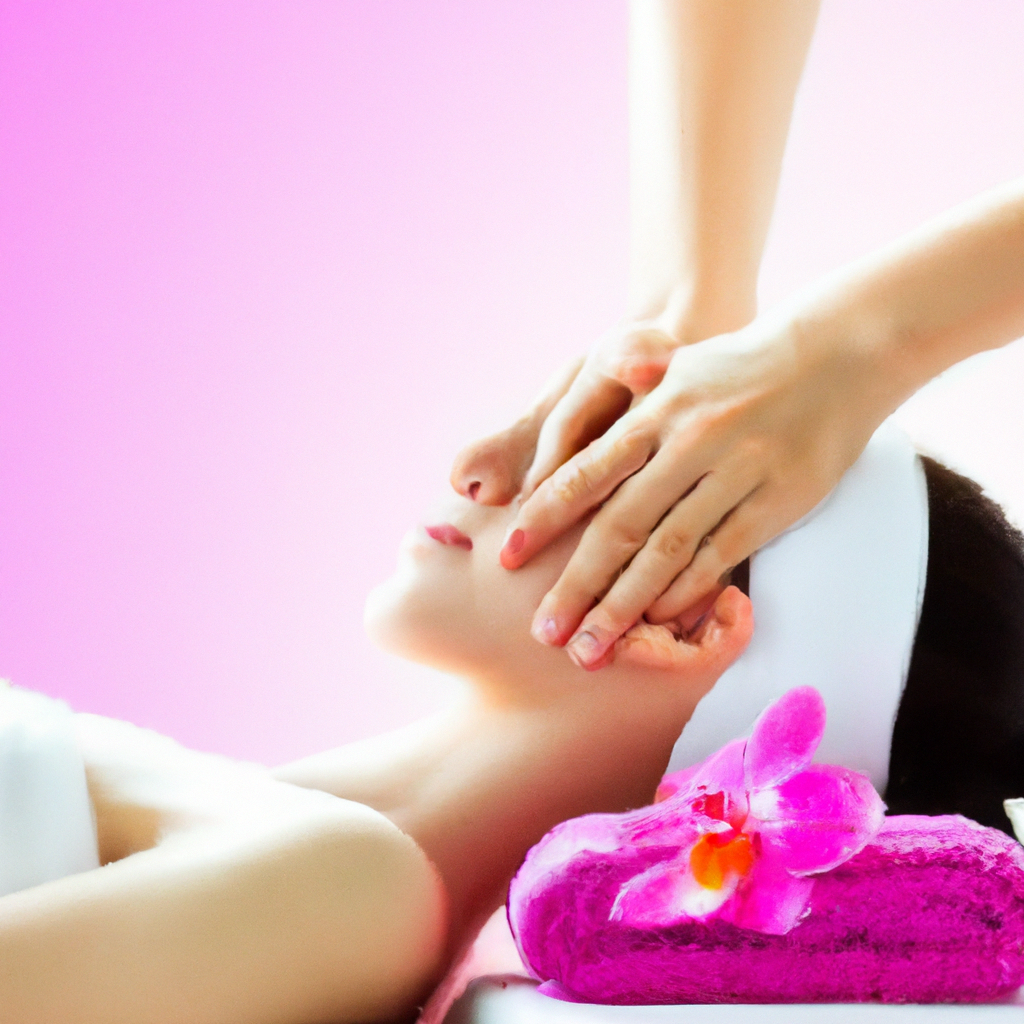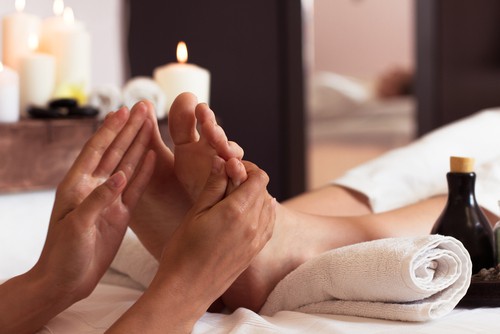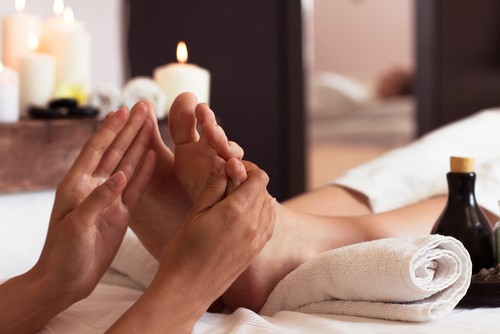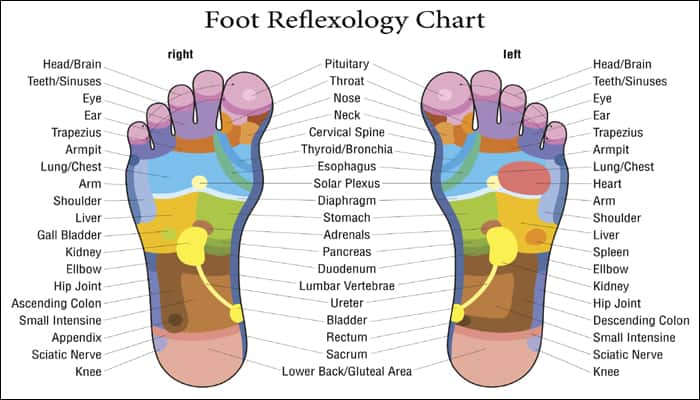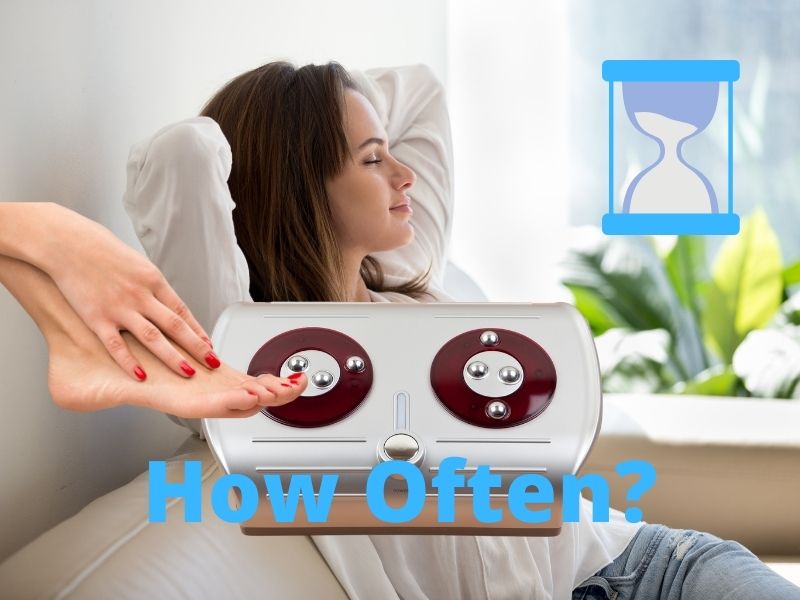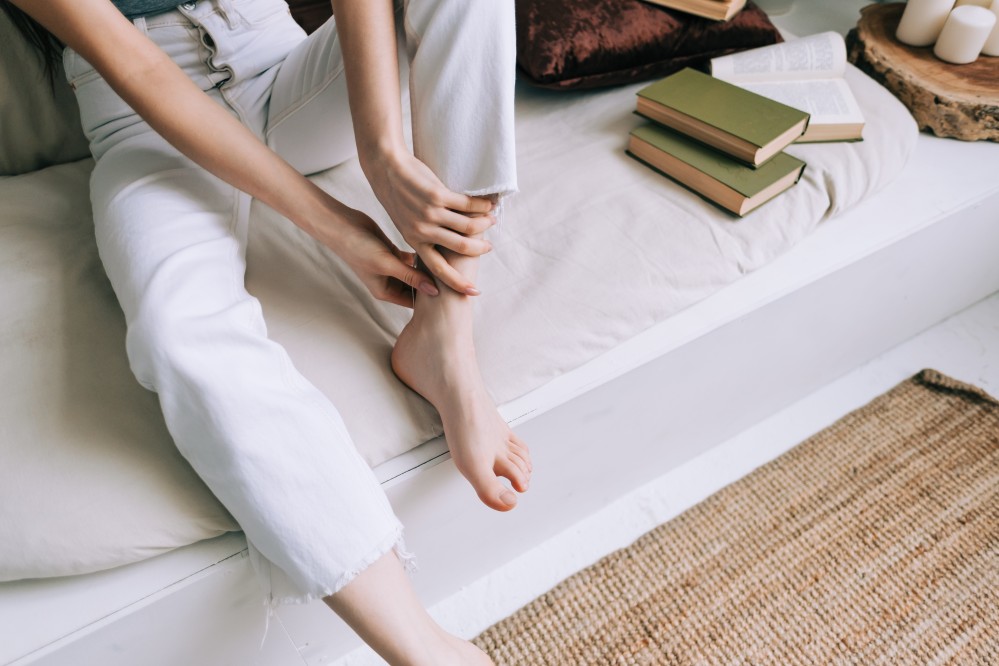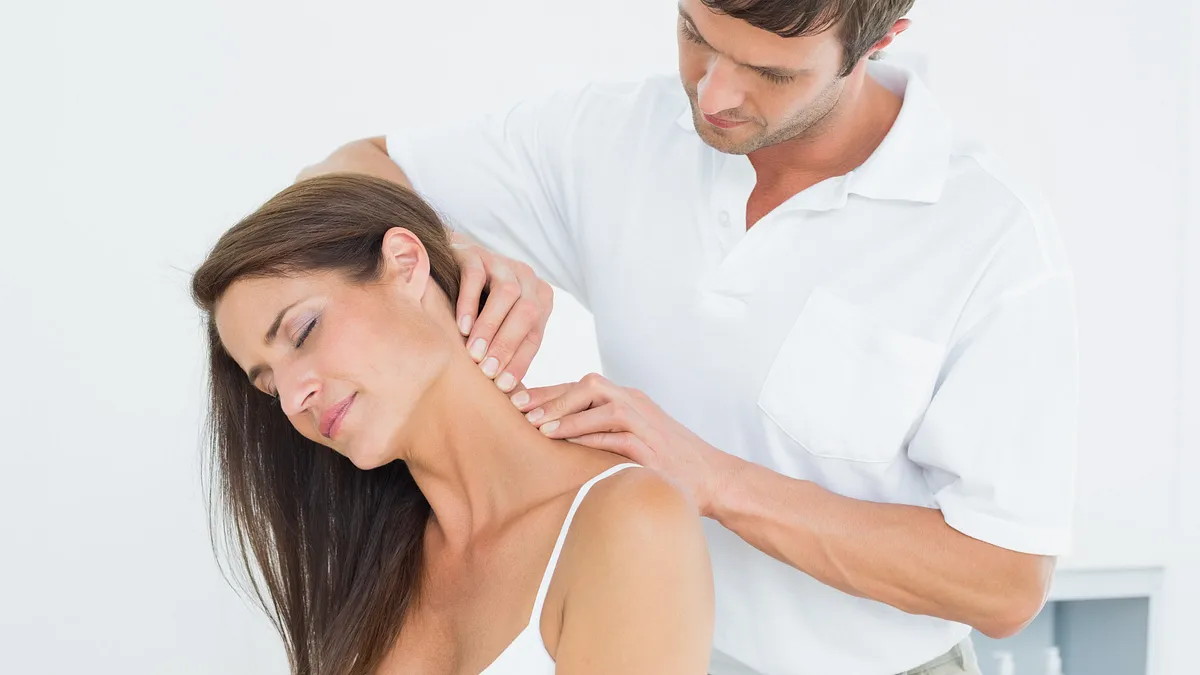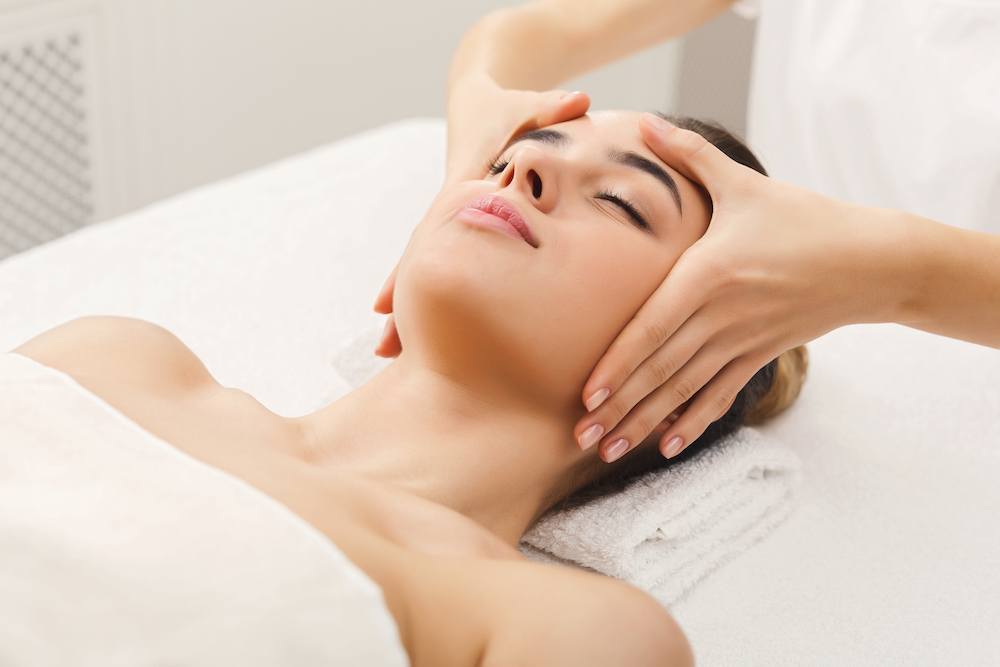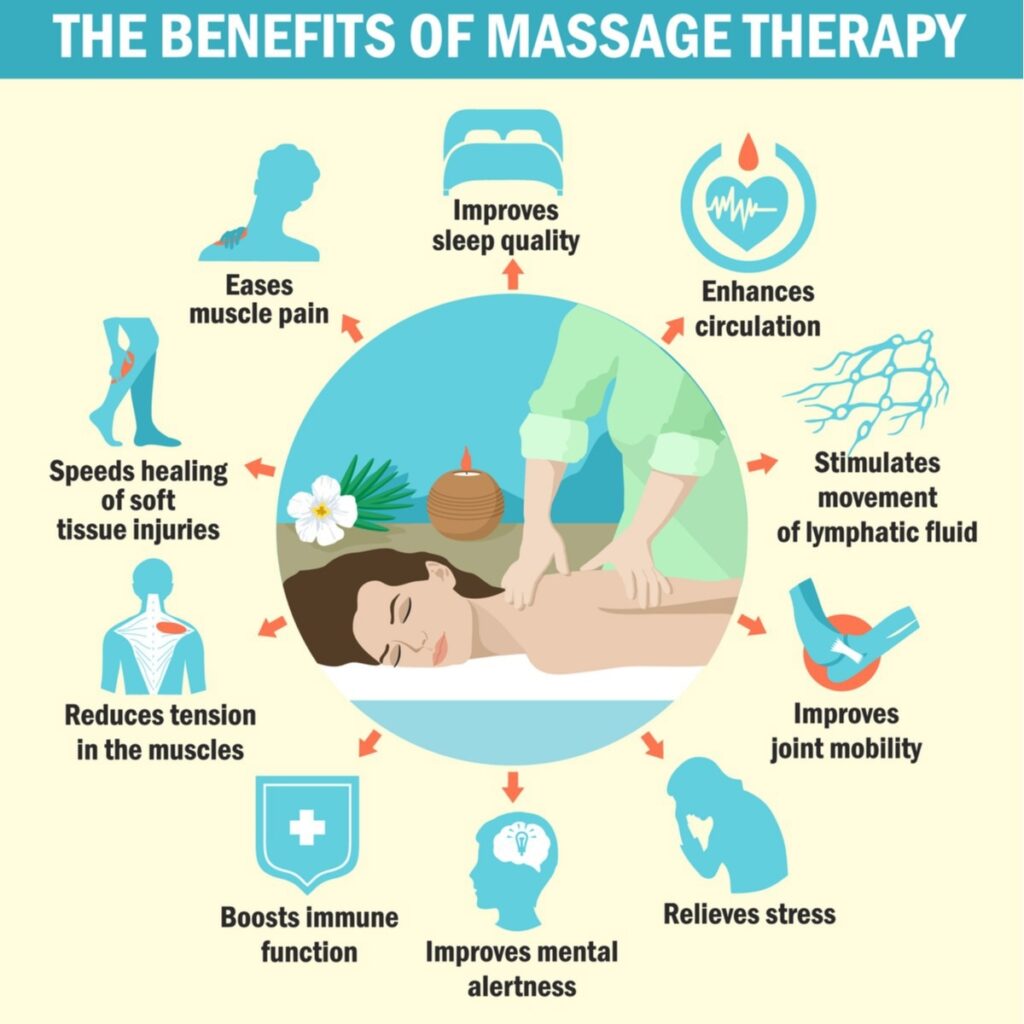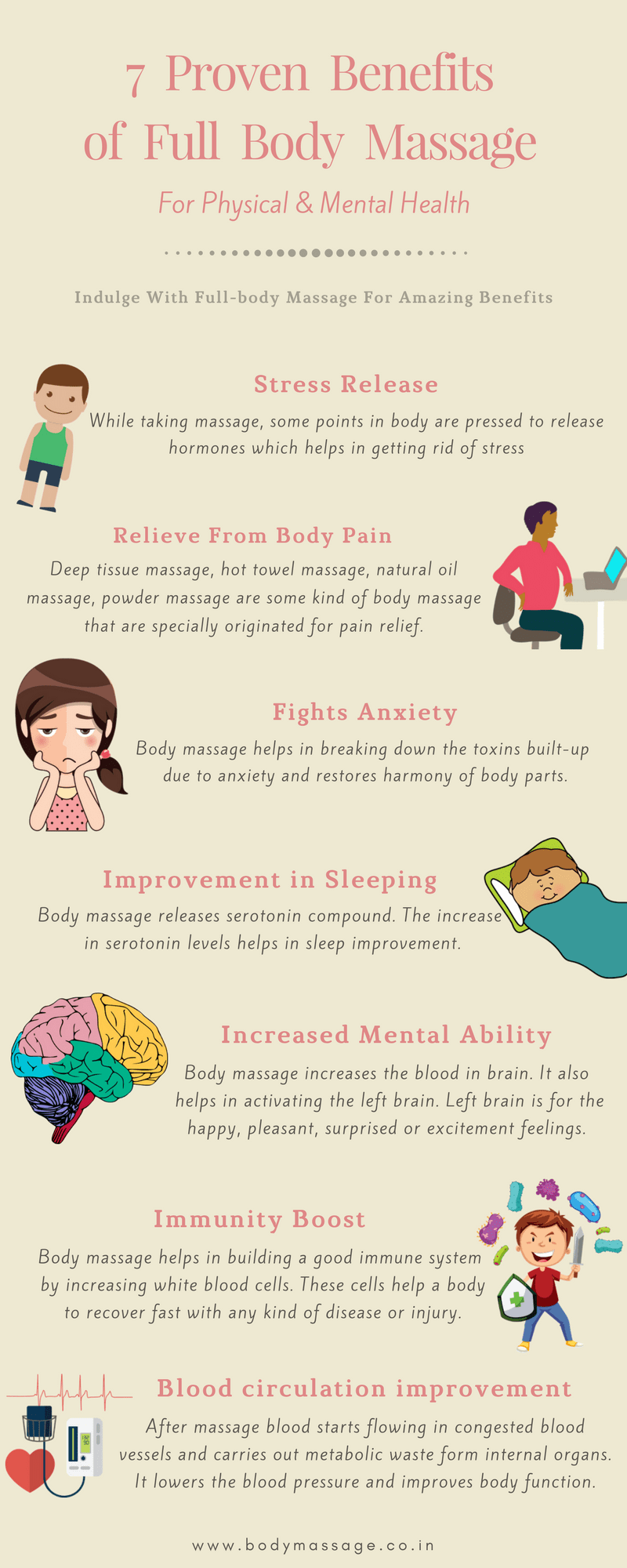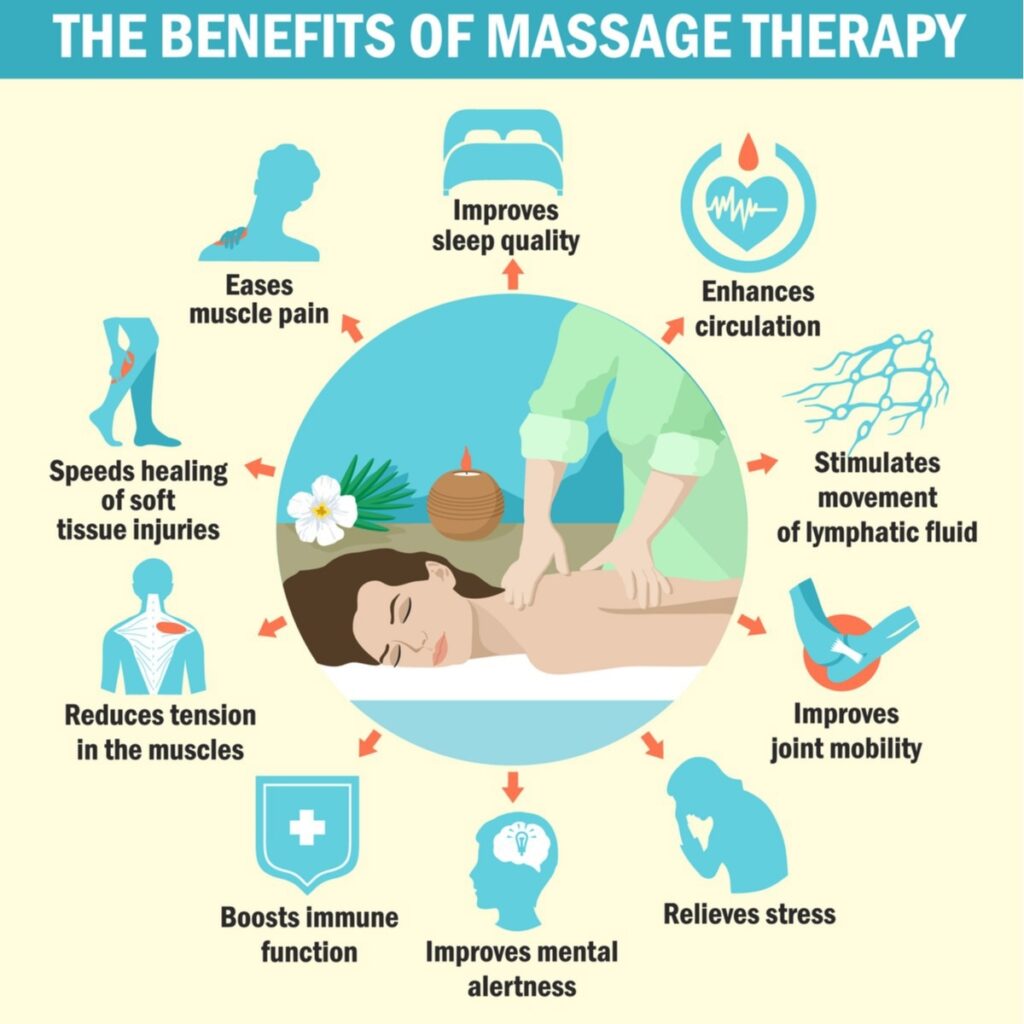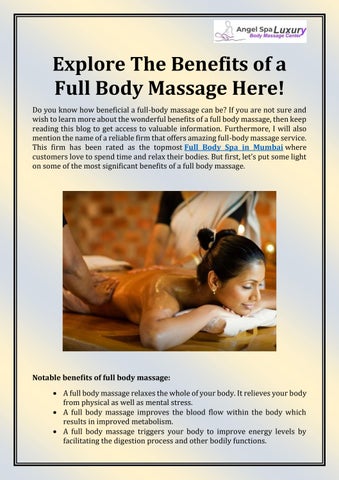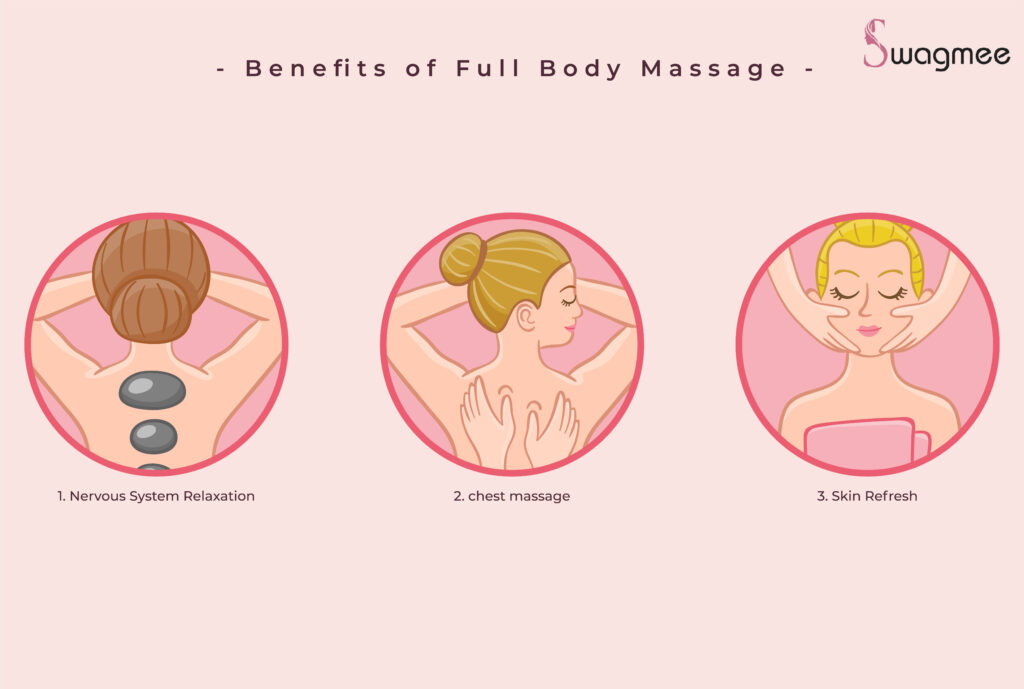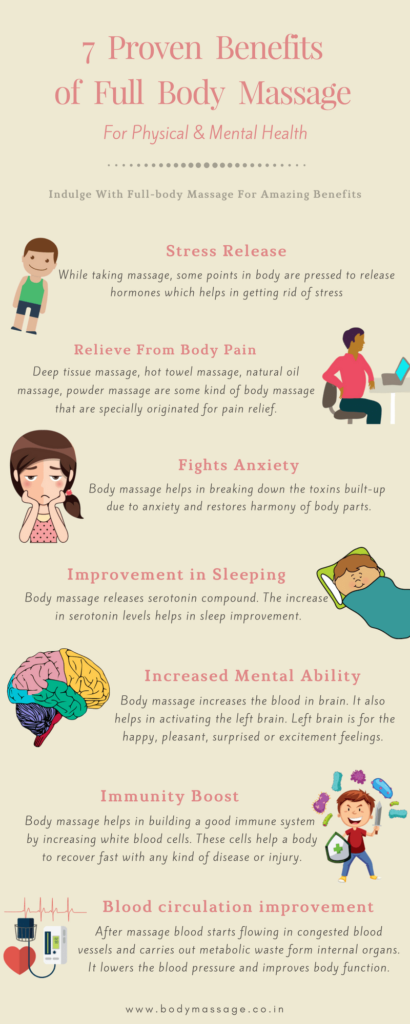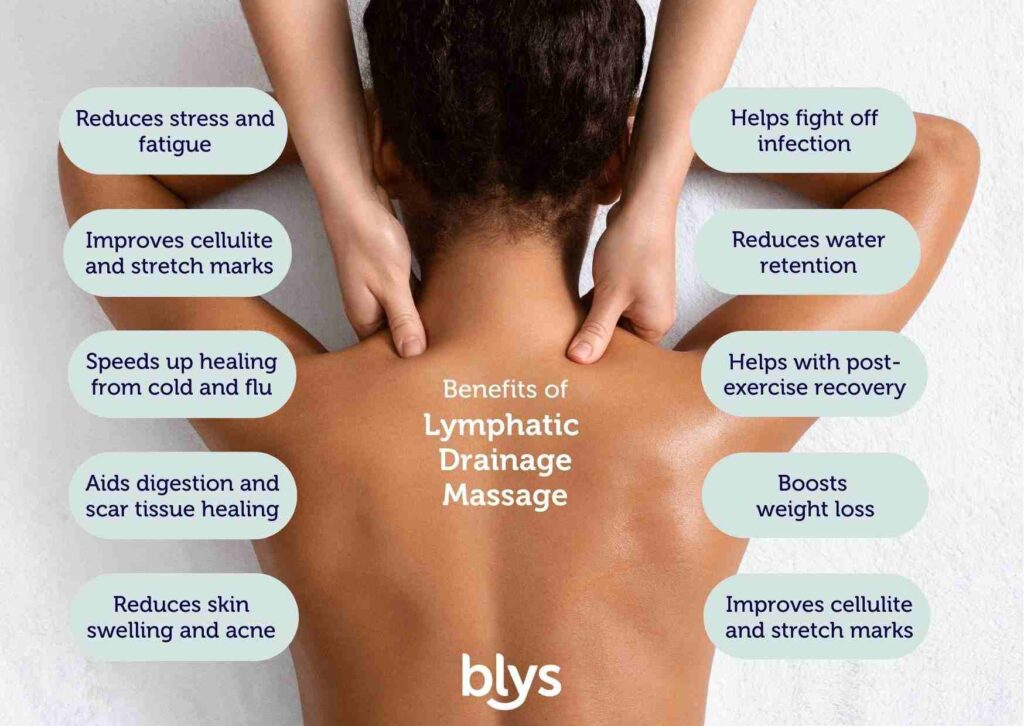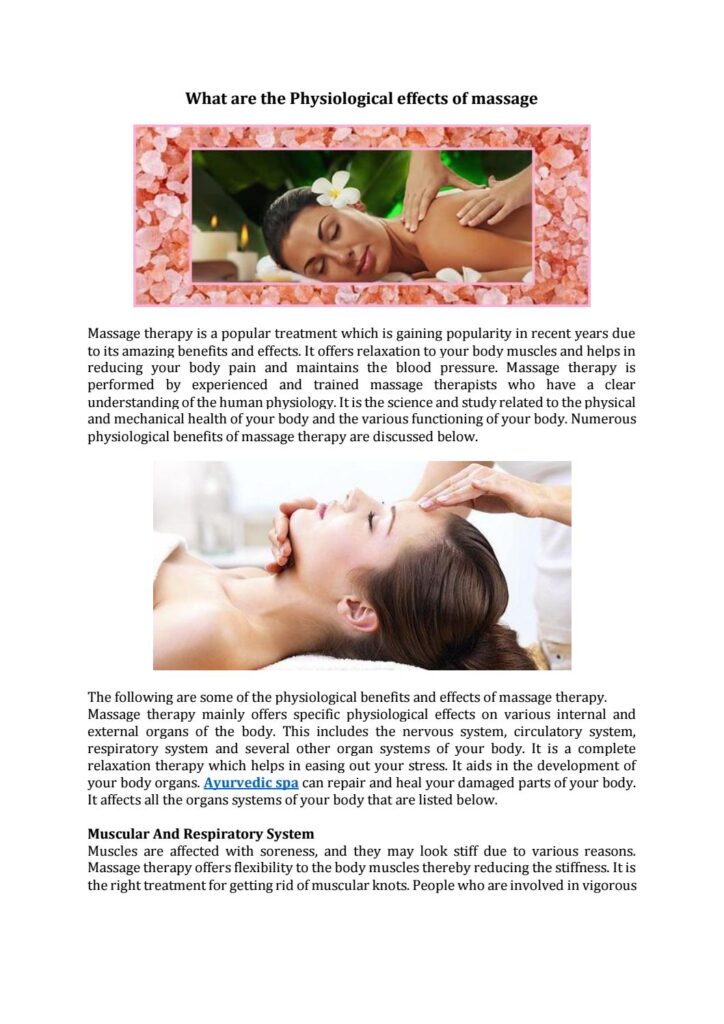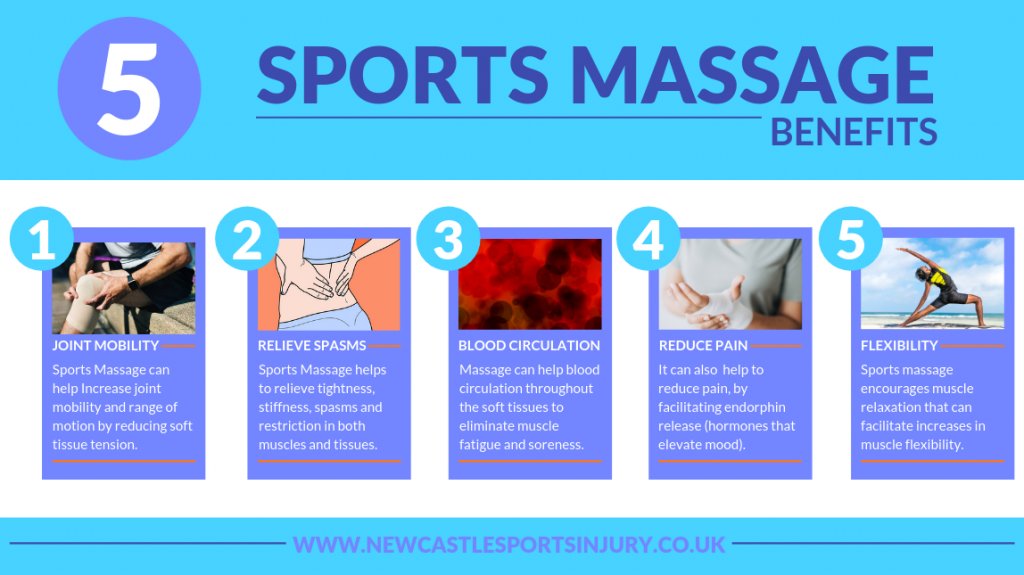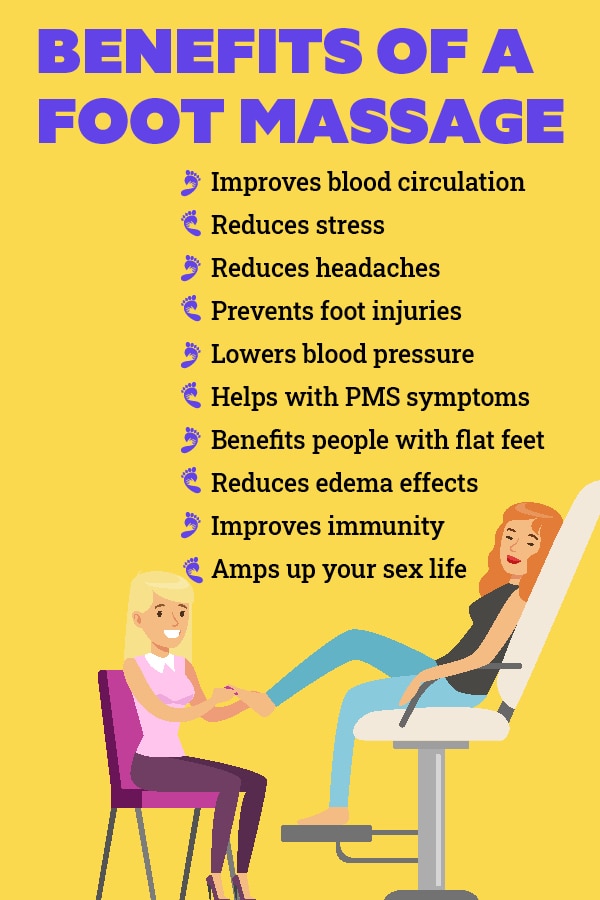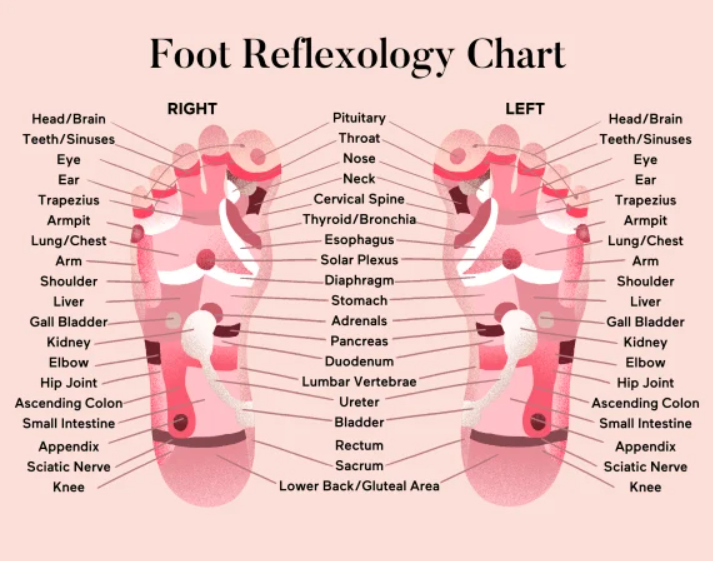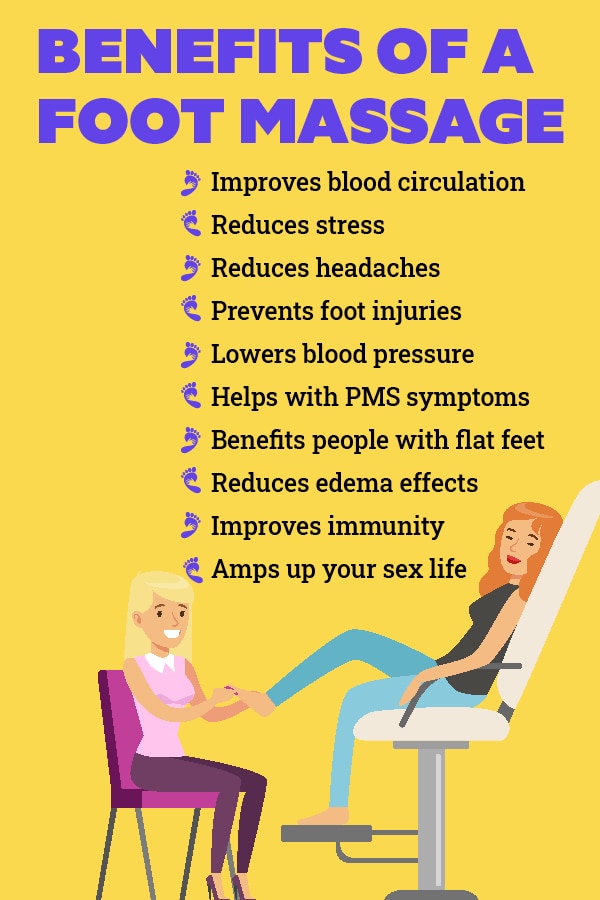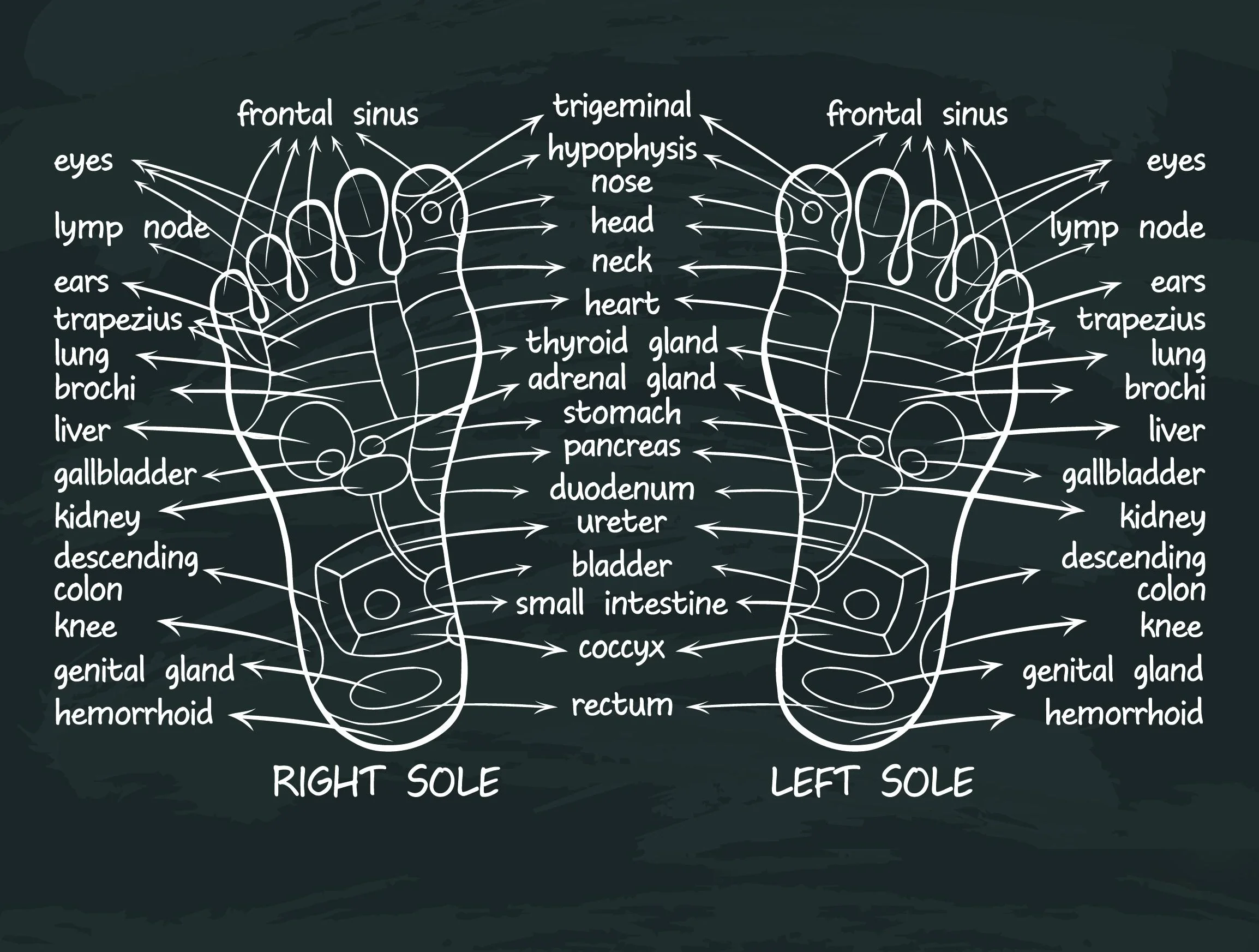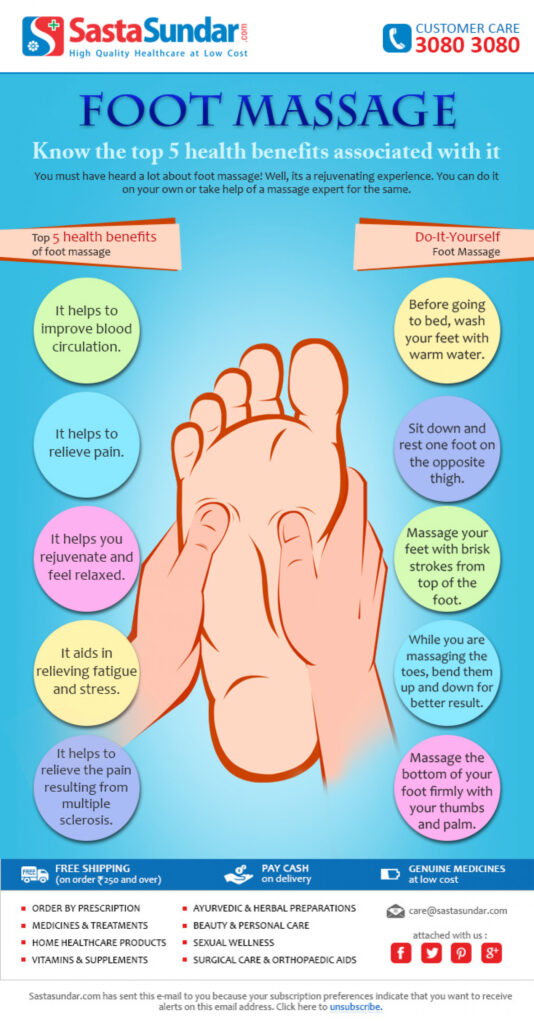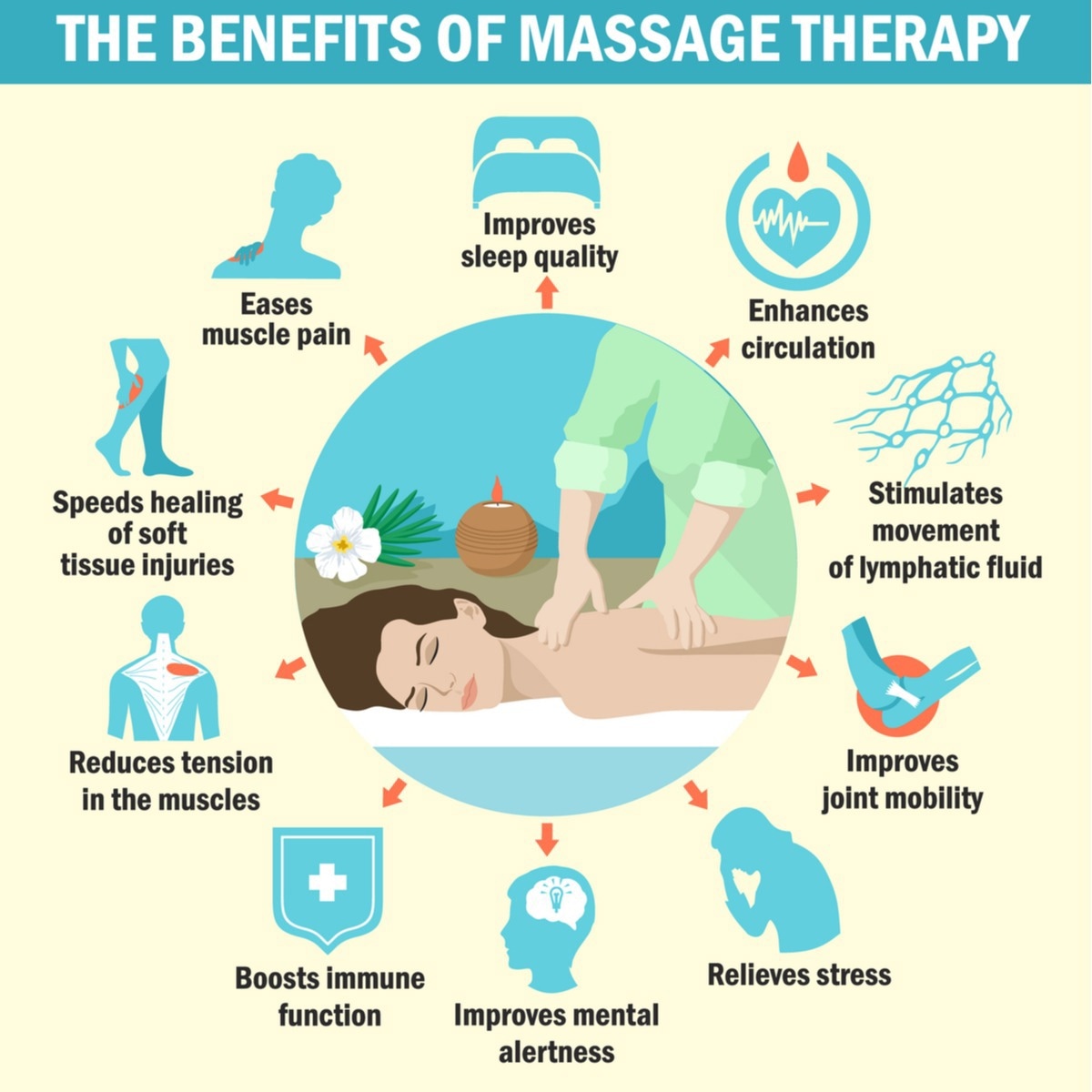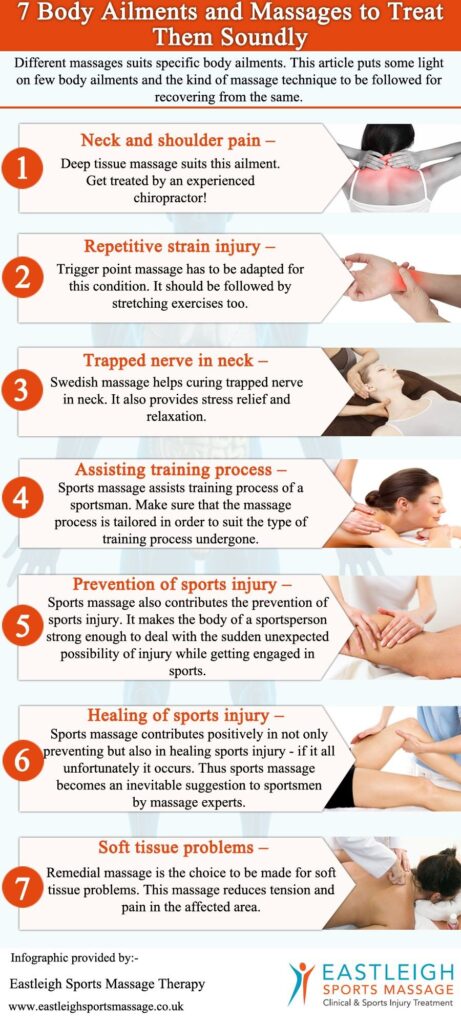Imagine this: You’re lying comfortably on a massage table, completely relaxed as skilled hands work their magic, releasing every ounce of tension from your body. But suddenly, an unexpected surge of excitement makes its presence known. Your mind starts racing with questions – will the masseuse be offended? Will they even notice? And most importantly, how do you handle this potentially awkward situation? In this article, we will explore the realities of what happens if you find yourself getting “excited” during a massage and provide you with some guidance on how to navigate this potentially embarrassing scenario with grace and ease.
Understanding the Experience
Defining ‘Excited’ in this Context
When we talk about getting “excited” during a massage, we are referring to the experience of sexual arousal. It’s essential to understand that it is a natural physical response that can happen to anyone regardless of their intentions or desires. It’s important not to confuse this response with the intention or behavior of the massage therapist. It’s crucial to approach the topic in a non-judgmental and understanding manner to create a safe environment for discussion and resolution.
Common Physical and Emotional Reactions during Massage
During a massage, it is common for individuals to experience various physical and emotional reactions. Some physical reactions might include muscle relaxation, increased blood flow, and even a release of endorphins, creating a sense of relaxation and well-being. Emotionally, people might feel more relaxed, content, or even emotional.
It’s crucial to understand that physiological responses can be different for each person and can also include an erection in men. This response does not necessarily indicate sexual arousal or inappropriate behavior. It’s important to approach the situation with open-mindedness and without assumptions.
Communication is Key
Importance of Open Communication
Open communication between a massage therapist and their client is essential in establishing trust, ensuring comfort, and addressing any concerns that may arise. If you find yourself feeling uncomfortable or experiencing an unexpected physical response during a massage, it is important to communicate your feelings and concerns to the therapist. Remember, they are professionals trained to handle these situations, and they want to ensure your experience is as comfortable as possible.
Discussing Boundaries and Expectations
Before the massage begins, it is essential to have a conversation with your massage therapist regarding boundaries and expectations. This conversation may include the areas of your body that will be massaged, any medical conditions or sensitivities you have, and what kind of pressure you prefer. Openly discussing these topics can help prevent misunderstandings and ensure that both you and the therapist are on the same page.

Professionalism and Confidentiality
Maintaining Professionalism
Massage therapists are committed to maintaining a high level of professionalism throughout the entire session. This professionalism includes maintaining appropriate boundaries, treating all clients respectfully, and adhering to a professional code of conduct. It’s important to remember that their primary goal is to provide therapeutic benefits and promote relaxation.
Respecting Client Confidentiality
Client confidentiality is a fundamental aspect of the therapist-client relationship. Massage therapists are legally and ethically obligated to protect your personal information and respect your privacy. Your health history, personal details, and any concerns you may have shared should be treated with the utmost confidentiality. You can trust that your massage therapist will not discuss your session or personal information with anyone without your explicit consent.
Massage Therapists’ Response
Trained to Handle Various Client Reactions
Massage therapists are extensively trained to handle a wide range of client reactions, including physical and emotional responses that may arise during a massage. They understand that the human body can respond in unexpected ways, and they are prepared to respond appropriately and professionally. They will not judge or shame you for any bodily responses that occur during the massage.
Recognizing and Adapting to Client Needs
A skilled massage therapist is attentive to their clients and can quickly recognize any signs of discomfort or emotional distress. If a client exhibits signs of anxiety, stress, or discomfort, the therapist will adapt their techniques or make necessary adjustments to ensure a more comfortable experience. Their primary objective is to provide a safe and enjoyable massage that meets your specific needs.

Handling the Situation
Staying Calm and Composed
If you happen to get ‘excited’ during a massage, it’s essential to stay calm and composed. Remember that this physiological response is natural and does not reflect any inappropriate intentions or behavior on your part. Take a few deep breaths and try to relax both your body and mind. Massage therapists are trained professionals who encounter a variety of bodily responses daily, and they are equipped to handle this situation with professionalism and understanding.
Redirecting Focus
To alleviate any discomfort you may feel, you can redirect your focus during the massage. Concentrate on your breathing, the sensations of the therapist’s touch, or visualize a soothing and calm environment. By shifting your attention away from any feelings of embarrassment or self-consciousness, you can facilitate a more relaxing and enjoyable experience.
Creating a Safe and Comfortable Environment
Both the massage therapist and you, as the client, share the responsibility of creating a safe and comfortable environment. The therapist should ensure that the massage space is private, warm, and free of distractions. As the client, it may be helpful to communicate any personal preferences or concerns beforehand, allowing the therapist to tailor the massage to suit your needs and make you feel at ease.
Reassurance and Explanation
Normalizing the Reaction
It’s important to understand that experiencing an erection or any other physical response during a massage is a normal physiological reaction. It does not imply any inappropriate behavior or desire on your part. By normalizing this reaction, both you and the massage therapist can maintain a sense of comfort and open communication.
Offering Explanation and Information
If you feel comfortable, you can discuss your concerns with the therapist, allowing them to provide further explanation or information. They can reassure you that such reactions are common and natural, emphasizing that their focus remains solely on providing a therapeutic and healing experience. This discussion can contribute to mutual understanding and alleviate any lingering doubts or anxiety.
Respecting Boundaries
Maintaining Professional Touch
Massage therapists are skilled at maintaining professional touch throughout the session. They adhere to strict ethical guidelines that prevent any inappropriate behavior or crossing of boundaries. Their touch is solely intended to promote relaxation, alleviate pain, and support your overall well-being. You can trust that their intentions and actions are professional at all times.
Reaffirming Appropriate Boundaries
If you have any concerns regarding personal boundaries during the massage, it is crucial to communicate your feelings to the therapist. They will listen attentively and make any necessary adjustments to ensure your comfort and safety. Massage therapists want you to have a positive and fulfilling experience, and they rely on your open and honest communication to make that happen.
Client Etiquette and Behavior
Appropriate Behavior during a Massage
As the client, it is important to adhere to appropriate behavior during a massage session. This includes being respectful, communicating openly, and following the therapist’s instructions. It is expected that clients will behave in a manner that maintains professionalism and supports a therapeutic environment. By doing so, you contribute to a positive experience for both yourself and the therapist.
Understanding Personal Responsibility
It’s crucial to understand that while massage therapists take on a significant role in creating a safe and supportive environment, you also have a personal responsibility to respect the boundaries and guidelines established during the session. By adhering to these expectations, you ensure a harmonious and mutually respectful experience.
Seeking Professional Help
Recognizing Emotional Concerns
Occasionally, individuals may experience emotional concerns or distress during or after a massage. If you find yourself experiencing intense emotions, anxiety, or discomfort that persists beyond the session, it may be beneficial to seek support from a therapist or counselor. They can help you process any underlying emotional issues and provide guidance on managing your feelings in a healthy and constructive way.
Contacting a Therapist or Counselor
If you feel that your emotional well-being is compromised, reaching out to a therapist or counselor can be an important step. They are trained to provide guidance and support in navigating challenging emotions and can help you develop coping strategies to address any concerns that may arise. Seeking professional help is an empowering choice and can contribute to your overall well-being.
Creating a Safe and Supportive Environment
Education and Policies for Massage Establishments
Massage establishments play a crucial role in creating a safe and supportive environment for clients. They should ensure that their massage therapists are well-educated, trained, and aware of professional boundaries. Establishments may have clear policies in place regarding client-therapist interactions and confidentiality to protect the well-being and privacy of clients.
Promoting Consent and Comfort
Massage establishments should prioritize consent and comfort above all else. By providing clear communication and opportunities for clients to express their boundaries and preferences, establishments can create an atmosphere of trust and respect. Furthermore, ongoing education and training for massage therapists can further enhance their ability to maintain a safe and supportive environment for all clients.
In conclusion, the experience of getting “excited” during a massage is a natural physiological response that can happen to anyone. By understanding the common physical and emotional reactions during a session, the importance of open communication, and the professionalism of massage therapists, it becomes easier to handle and address any potential discomfort. By maintaining respect for boundaries, understanding appropriate client behavior, and seeking professional help when needed, both clients and massage therapists can create a safe and supportive environment that promotes relaxation, healing, and overall well-being.











